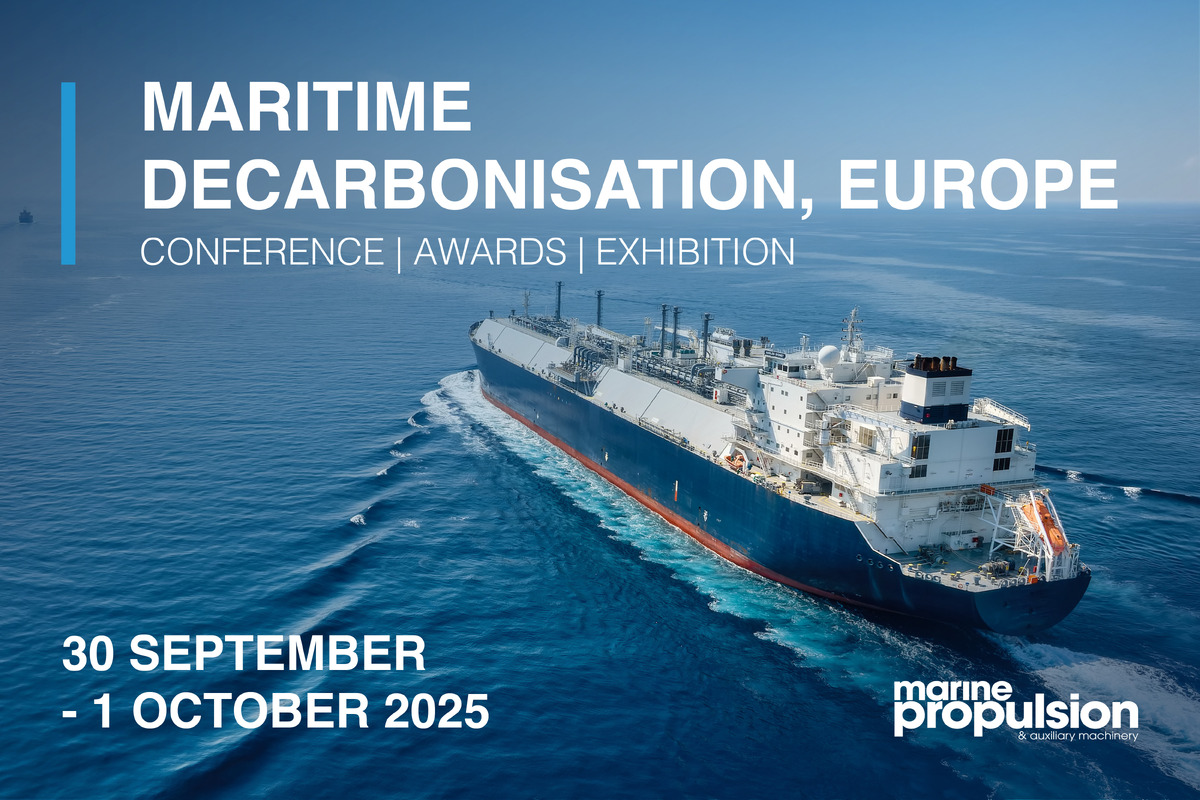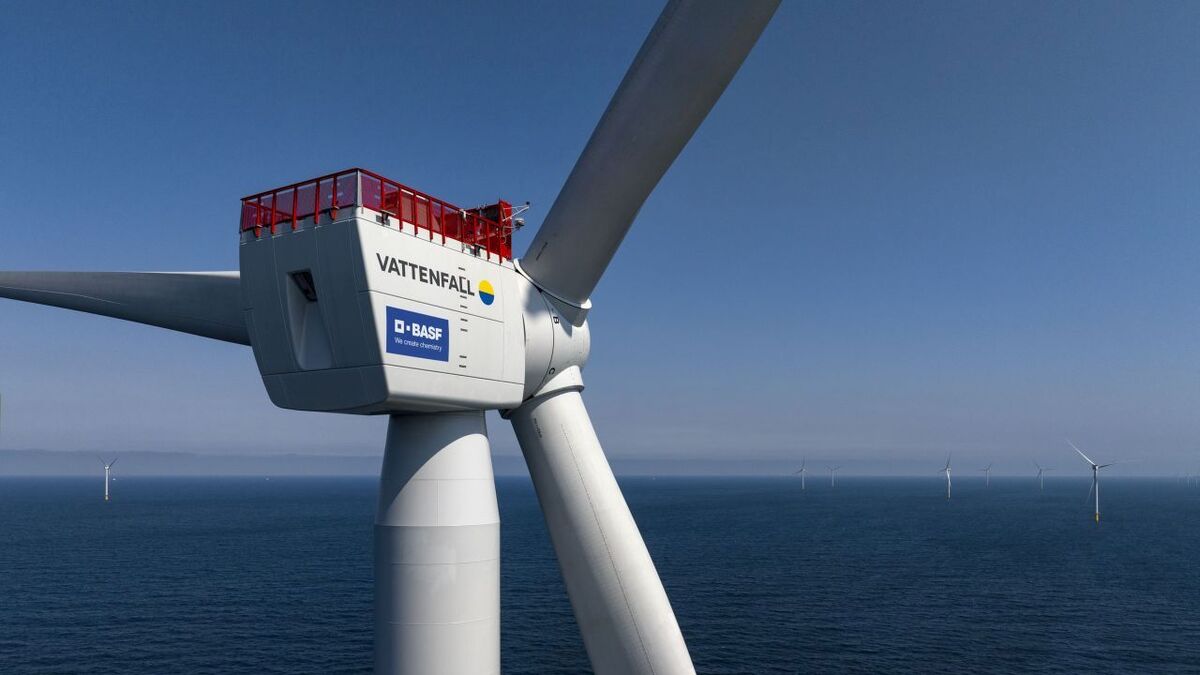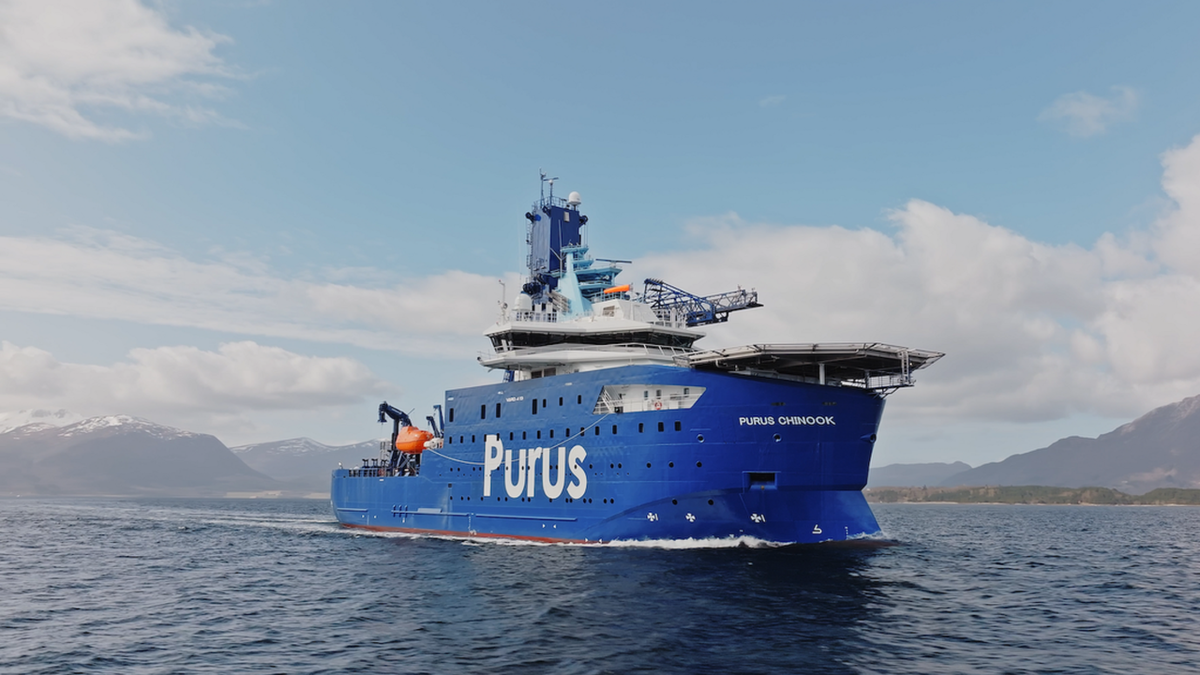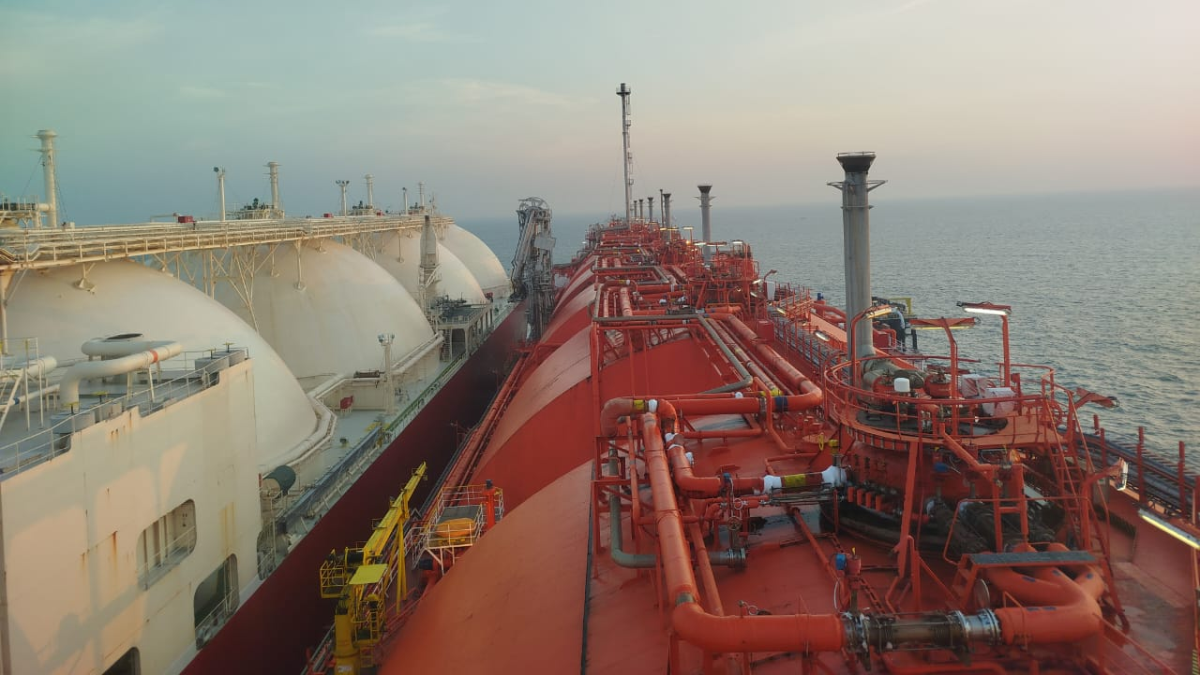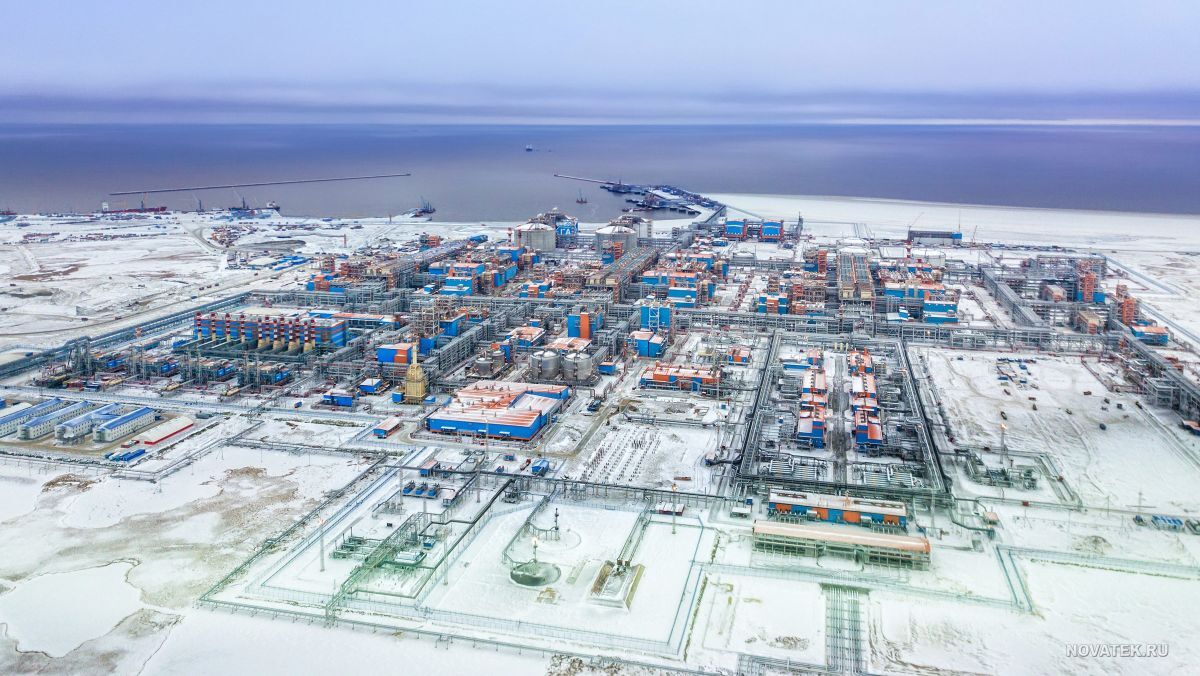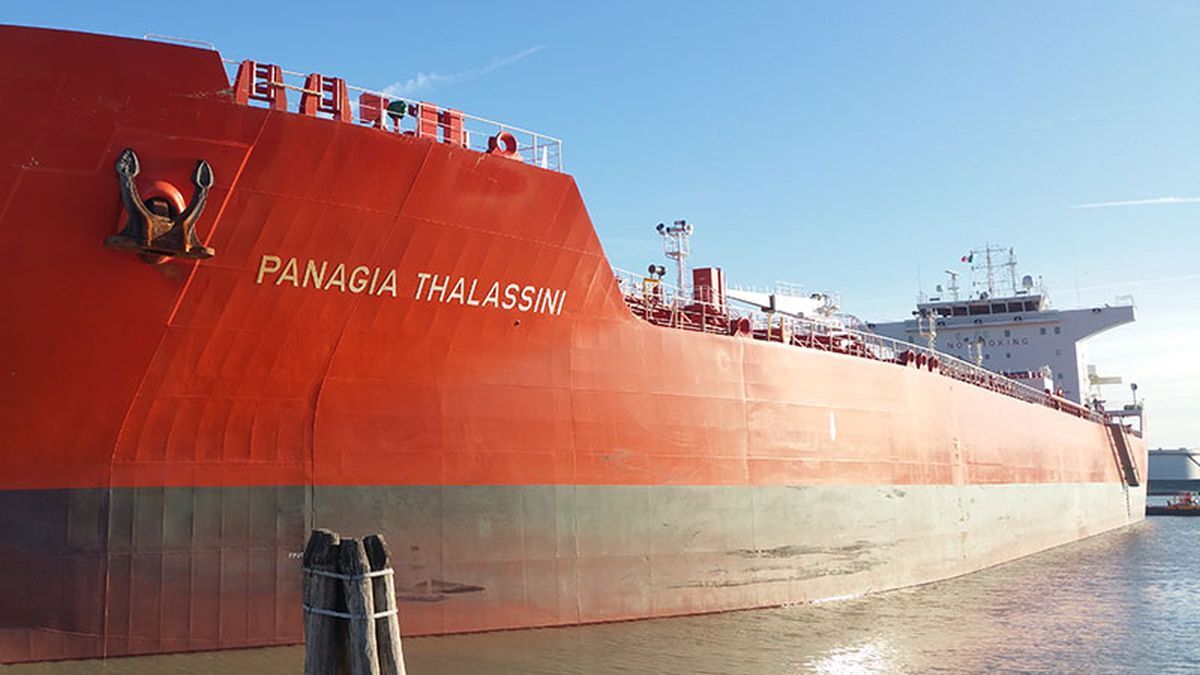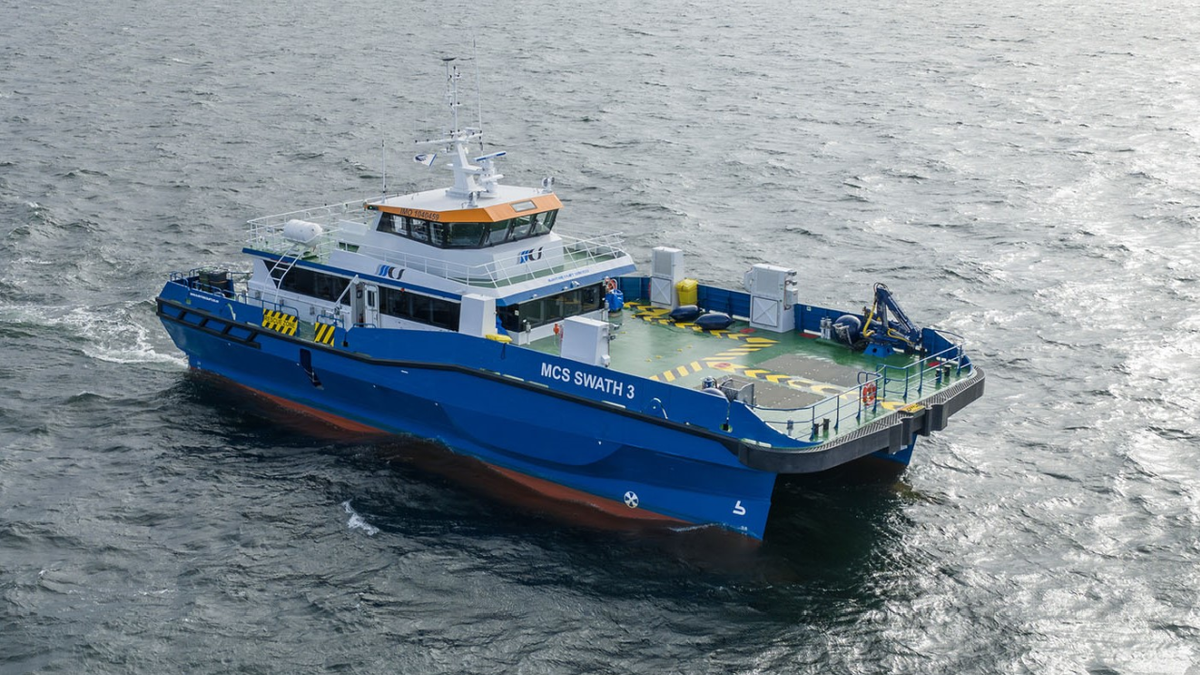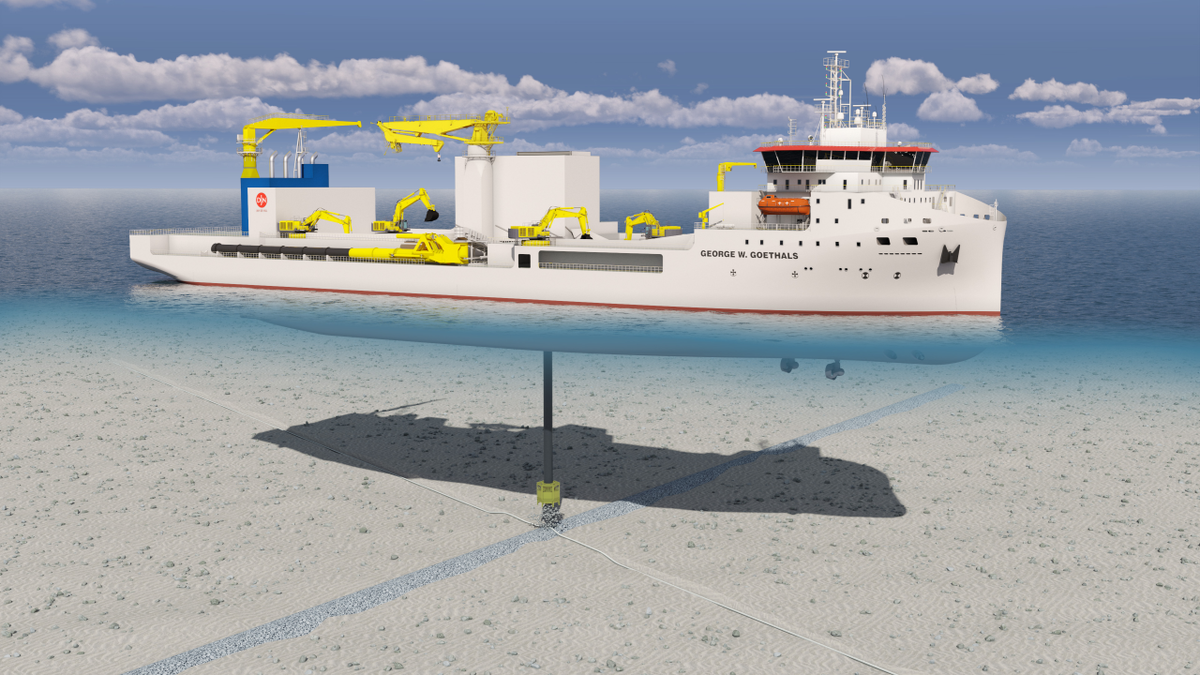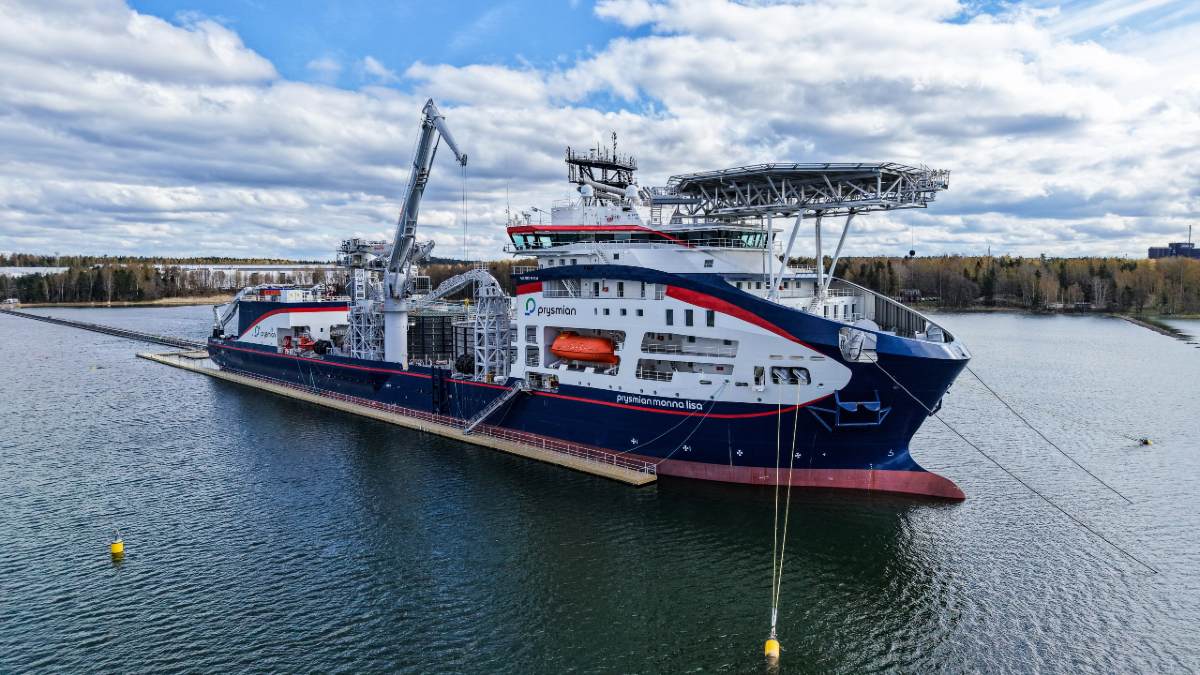Business Sectors
Contents
Register to read more articles.
Offshore wind setbacks ‘could spark industry recalibration’
Awards for new offshore wind sites and offtake contracts fell steeply in the first nine months of 2025, but a reset could bring about a resurgence in the market
So says TGS|4C in its latest Quarterly Market Overview report, which states that new offshore wind sites and offtake contracts fell more than 70% in the first nine months of 2025.
TGS|4C says the setbacks are prompting a reset as governments, developers and suppliers adapt to new market conditions. “Instead of pursuing larger GW targets, analysis indicates that policy stability, reliable offtake agreements and flexible policies are taking precedence,” said the industry analyst.
“As auctions slow and supply chains tighten, governments are implementing new frameworks and developers are focusing on flexibility and risk sharing to protect projects during volatile cycles, creating a more stable and attractive market for investment.”
Among the key findings in the report are that auctions are stalling, but there is room for recalibration. Of about 20 GW of global offtake auctions expected in 2025, 2.2 GW has been awarded so far. This compares with an annual offtake award average of 11.7 GW in 2022, 2023 and 2024. Several major European auctions have been postponed, with top developers sitting out entirely.
The report says there have been fewer new site awards in 2025. “This year has also seen a significant decrease in the rate of new site awards, as governments have delayed lease rounds and developers’ appetite for new sites has waned,” TGS|4C says. “A total of 11.2 GW has been awarded to date, compared with an annual average of 70 GW in 2022, 2023 and 2024. Fewer site awards translate into a sharp fall in demand for site surveys.”
In response to the uncertain outlook, policy responses are emerging. Germany, the Netherlands and Denmark are among the countries preparing new Contract for Difference (CfD) and site awards frameworks to improve project bankability and restore investor confidence. “Site award and offtake auction delays can sometimes be prudent, avoiding failed rounds due to weak competition,” TGS|4C says.
There is other good news in the report too, with permitting keeping up. During the first three quarters of 2025, 14.6 GW achieved final consent, which is just slightly lower than last year’s permitting record.
However, TGS|4C describes the floating wind market as ‘fragile,’ with momentum hinging on just a handful of projects in France, South Korea and the UK. France is the most resilient market, backed by €11Bn in European Commission funding for three floating projects.
There are also bottlenecks in the supply chain, and TGS|4C’s supply and demand modelling indicates a potential turbine shortfall of about 2,500 units (about 40 GW) by 2040, underscoring the importance of global manufacturing expansion and Chinese supplier integration.
TGS|4C lead author Patrick Own said, “Auctions are the key battleground for offshore wind, with tough market conditions reshaping how costs and risks are shared between governments and developers. While stuttering auctions threaten energy targets, it’s encouraging to see governments stepping up as they recognize the need for offshore wind in their power systems.”
Related to this Story
Events
Maritime Decarbonisation, Europe: Conference, Awards & Exhibition 2025
Offshore Support Journal Conference, Americas 2025
LNG Shipping & Terminals Conference 2025
© 2024 Riviera Maritime Media Ltd.
